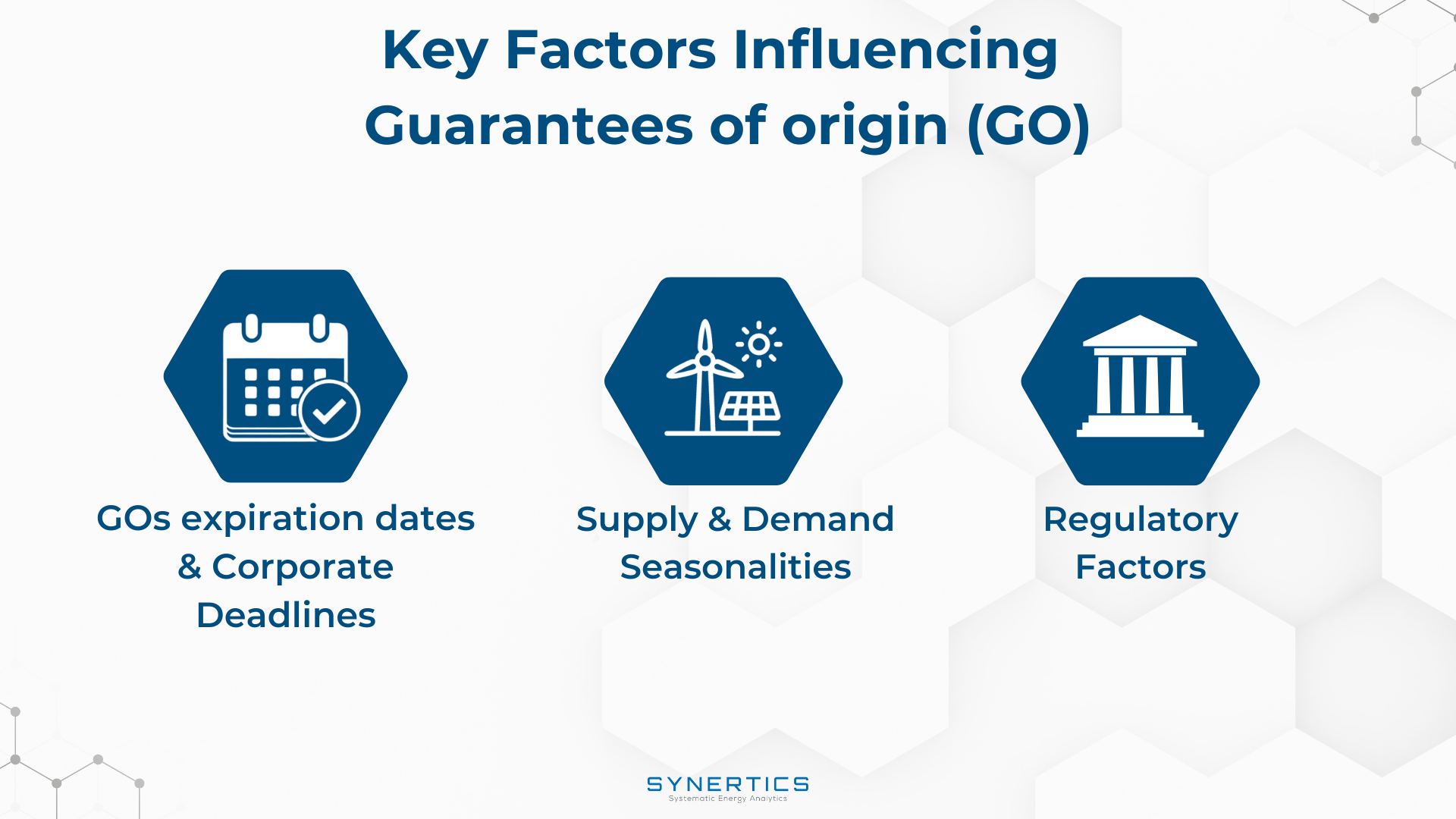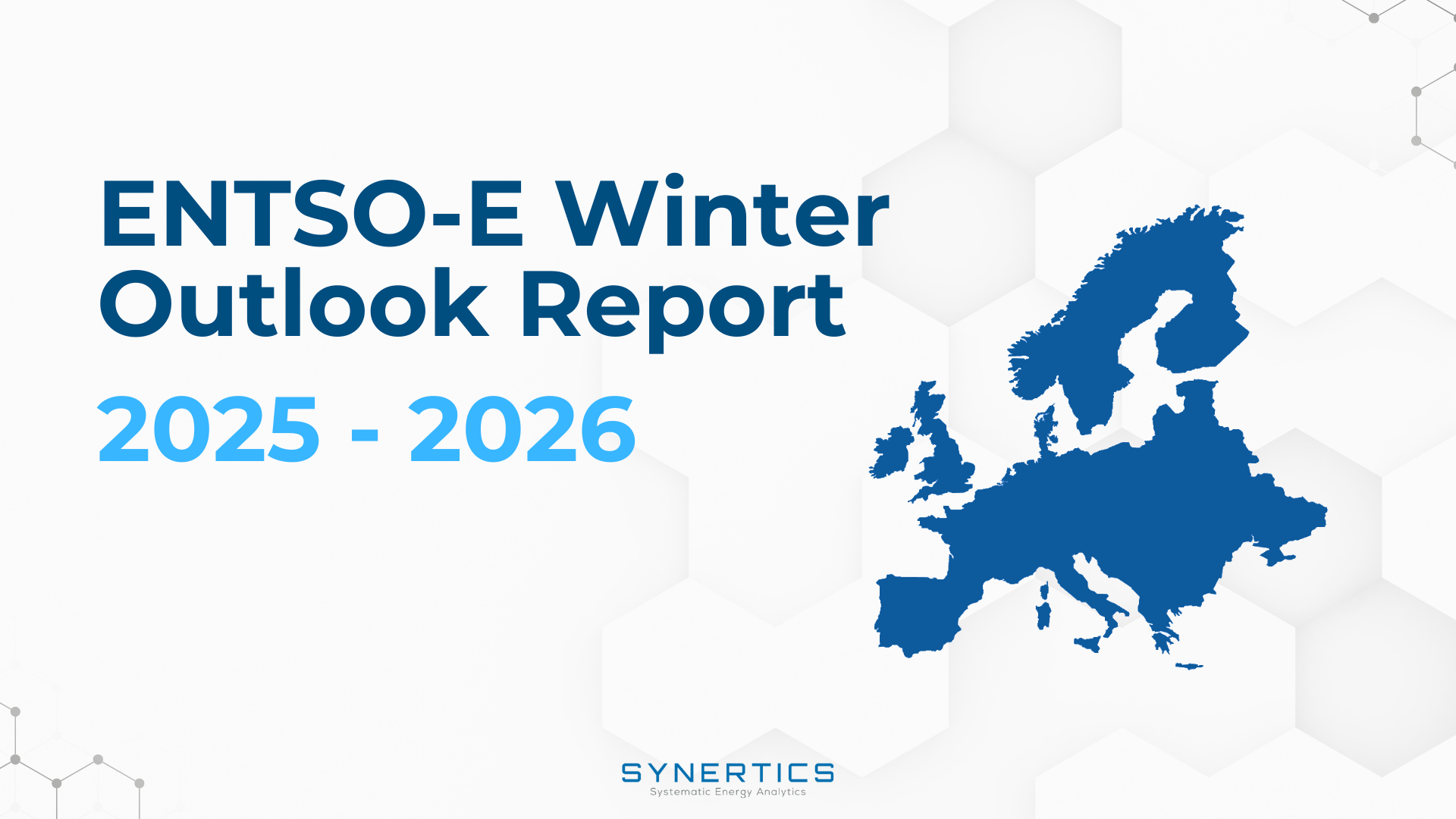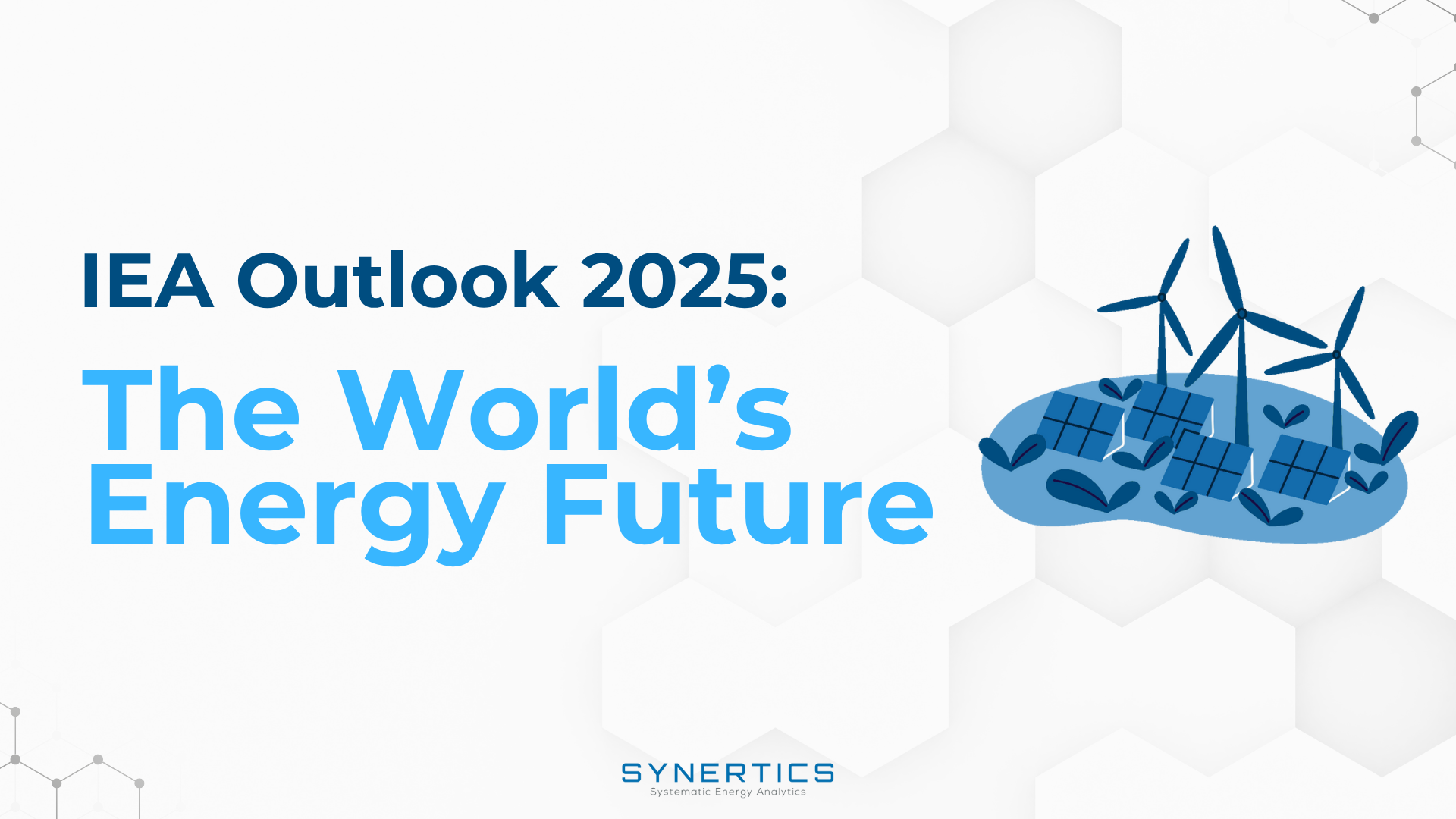Join us on our journey towards renewable energy excellence, where knowledge meets innovation.
Feed-in Premiums (FiPs) are becoming a popular mechanism to support renewable energy, replacing traditional Feed-in Tariffs (FiTs) by governments in many countries. But what exactly are FiPs, and how do they work?

Why are FiTs being replaced by FiPs?
Feed-in Tariffs were once the dominant subsidy mechanism in Europe, guaranteeing fixed payments to renewable energy producers and driving the early growth of solar and wind power. However, as technology costs dropped and renewables became more competitive, FiTs were seen as costly for society and less flexible. As a result, many countries began phasing them out in favour of more market-oriented approaches like FiPs.
What are FiPs?
Feed-in Premiums are a type of support scheme that provides an additional payment on top of the market price for electricity. Unlike FiTs, which guarantee a fixed payment, FiPs allow renewable energy producers to sell their electricity on the open market and receive a premium over the market price. FiPs are used in many EU countries like Spain, and Denmark to promote better integration of renewables into competitive energy markets and reduce government subsidy costs.
What are the downsides of FiPs?
While FiPs promote market participation and can lead to higher revenue when market prices are favourable, they also expose producers to market risk, as income fluctuates based on electricity prices. This risk requires producers to actively manage production and market strategies, making FiPs more complex than FiTs. This increased complexity can deter smaller producers who lack the resources to manage market participation effectively. Furthermore, changes in market regulations or policy shifts can directly affect FiP levels, creating an uncertain investment environment. As a result, FiPs might deter risk-averse investors who prefer the stability of traditional fixed-price schemes.
How are they related to PPAs?
FiPs present risks that are not present with FiTs, leading many developers to consider PPAs as a safer alternative. PPAs offer fixed pricing through long-term contracts with corporate or utility offtakers, providing predictable revenue streams. This stability allows developers to plan for the future with confidence, making PPAs an attractive option in an evolving energy landscape.

Insights, Market-trends
15th Dec, 2025

Insights
2nd Dec, 2025

Insights
19th Nov, 2025